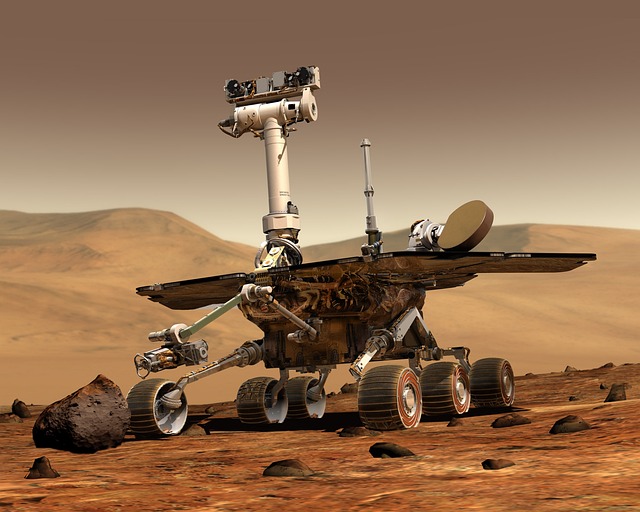In the rapidly evolving landscape of technology, the term “Weak AI” often sparks discussions that range from intrigue to skepticism. However, when we dive into its practical applications, particularly in sectors like robotics and business automation, the potential it holds becomes crystal clear. Weak AI, also known as narrow AI, is designed to perform specific tasks and functions, offering a glimpse into the phenomenal changes it is bringing to the realm of learning.
One of the most profound impacts of Weak AI is in the field of robotics. Modern robots have been equipped with algorithms that allow them to learn from their environments, adapt to new challenges, and execute tasks autonomously. This learning capability is not about making robots akin to humans; rather, it focuses on enhancing their ability to perform specialized tasks more efficiently. For example, robots in manufacturing can now analyze assembly lines in real time, learning to anticipate problems and adjust their operations accordingly. This relentless pursuit of optimization not only enhances productivity but also empowers businesses to focus on innovation.
In the realm of business automation, Weak AI is a game changer. It is reshaping how companies operate, enabling them to streamline processes and reduce operational costs. From customer service chatbots that learn from interactions to predictive analytics tools that help businesses understand market trends, Weak AI is facilitating a new era of efficiency. As these systems continue to learn from vast amounts of data, their predictions and responses become more precise, shaping the learning curve of entire organizations.
The integration of Weak AI into business models doesn’t only enhance productivity; it also transforms the workforce. With automation taking over routine tasks, employees are freed from mundane activities, allowing them to engage in more cognitively demanding and creative work. This shift encourages continuous learning and adaptation, reflecting the changing dynamics of the job market.
Moreover, as businesses leverage Weak AI tools, they cultivate a culture of data-driven decision-making. Employees at all levels can access insights generated by AI, making them more informed and agile in their roles. This democratization of knowledge fosters an environment where learning is not restricted to rigid training programs but becomes a dynamic, ongoing process tailored to individual and organizational needs.
As we continue to explore the implications of Weak AI in robotics and business automation, it becomes evident that its influence extends far beyond technical advancements. It evokes a fundamental change in how we perceive learning itself. In this context, learning becomes a continuous journey, driven by innovation and adaptation, where both machines and humans contribute to the evolution of knowledge and processes.
In embracing Weak AI, we are not just adopting new technologies; we are unlocking a myriad of possibilities that can redefine our future in learning, work, and interaction. The revolution is more than just technological; it is a paradigm shift that invites everyone to partake in an engaging and transformative journey.




